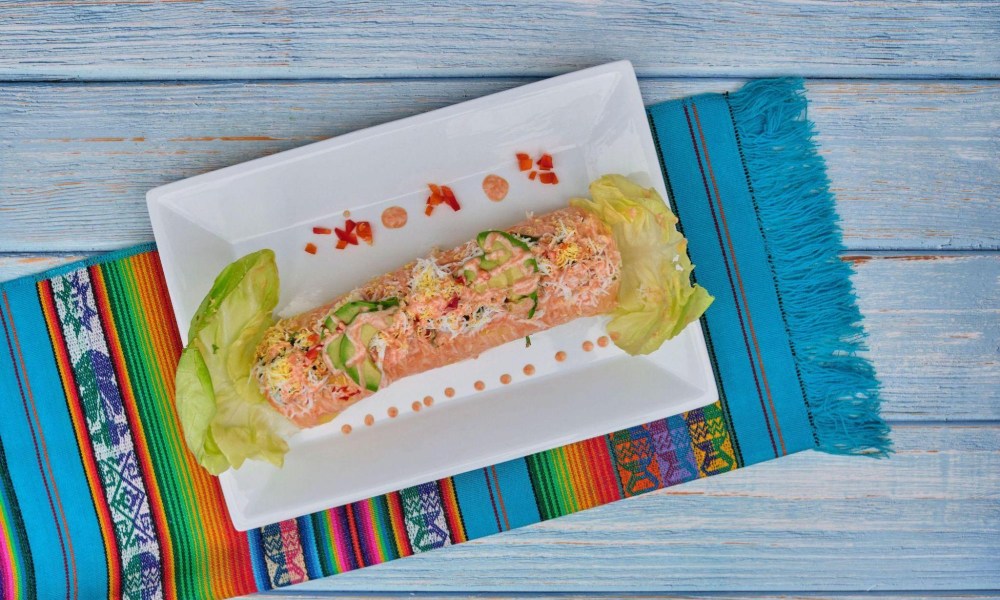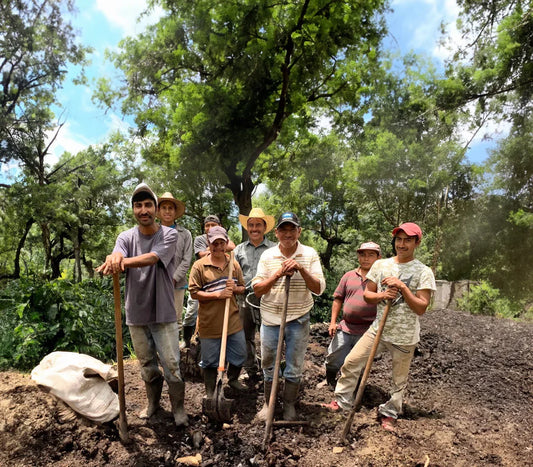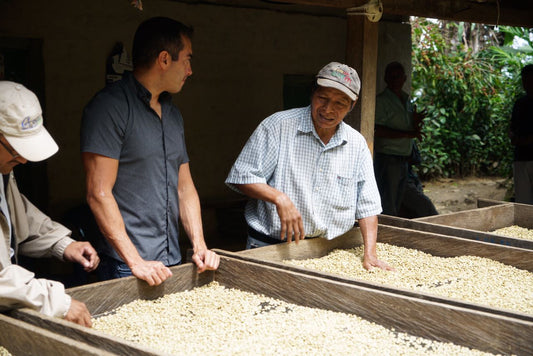
Strangely-Named Latino Dishes You Don't Want to Miss
Have you ever been traveling south of the border and steered clear of a meal after hearing its name? Well, you may have missed out on some of Latin America’s most delicious dishes.
Latino cuisine is known around the world for its bold and vibrant flavors, its skillful use of local ingredients, and its wide range of cooking techniques.
Each dish tells a story, reflecting not only the climate and history of the region from which it originated but also that of the person making it. Each cook has their take on even the most traditional dishes, ensuring that no two meals are ever quite the same.
However, while Latino cuisine is united in its ability to delight the taste buds, some dishes sound a little more appetizing than others.
Here are some of the Latino dishes that, to those who haven’t experienced them, may appear off-putting or uninteresting yet have the power to surprise and delight just as much as any other food.
Jump to:
Causa de Atún
The name causa de atún may not give much away. However, for many, it is a symbol of the resilience, ingenuity, and resourcefulness of the Peruvian people.
Causa de atún, also known as causa rellena, is a Peruvian delicacy that is a must-try for anyone looking to experience the country's rich cultural heritage through its cuisine. The dish is a perfect blend of flavors and textures, with a creamy, smooth mashed potato base made using the iconic Peruvian chili ají amarillo, and layered with a mixture of succulent tuna filet and tangy mayonnaise.
But, it's not just the taste of causa de atún that makes it so special, it also has a fascinating history.
The curious name “causa” comes from the word kausay, meaning “life” in the indigenous Andean language of Quechua. Potatoes were and continue to be the main sustenance for inhabitants of the Andean region. In other words, a life-giving food.
Then, during the Pacific War, women from villages would come together to prepare meals made from donated ingredients for the soldiers fighting on the front lines. As they handed the meals to the soldiers, they would say "para la causa" (“for the cause”), giving the dish’s unique name a dual meaning.
Peruvians have a long and proud history of adapting to challenging circumstances and creating something truly delicious from limited ingredients. Causa de atún is just one of them.
Arroz con Coca-Cola
Yes, you read that right. Arroz con Coca-Cola is a popular combination often found in Colombia around the holidays and on Nochebuena.
Making arroz con Coca-Cola involves rinsing the rice, frying it in oil with garlic and onion, and adding a 50-50 mixture of water and the popular fizzy beverage to the pot.
The heat is then lowered, and raisins are typically added before being cooked for a further 15 minutes. The Coca-Cola is absorbed into the rice, leaving a steamy, aromatic dish with just a hint of sweetness. The result? A perfect side dish for savory meats such as pork or chicken.
“Coke’s use in Colombian cooking isn’t just out of necessity,” writes Colombian journalist, Mike Diago. “It has real culinary value, too – a unique package of sweetness and acidity that comes in handy in the kitchen, especially when making a sweet, festive holiday pilaf.”
Lengua en Salsa & Sopa de Menudos de Pollo
Waste is generally frowned upon in Latino cooking. If they can, the best cooks will find a use for every part of the animal, from its tongue to its feet.
In fact, tongue and feet form the basis of two popular and delicious dishes: lengua en salsa and sopa de menudos de pollo.
Lengua en salsa is made from cow tongue and typically includes a tasty combination of vegetables prepared in salsa criolla. A mixture of onions, garlic, scallions, tomatoes, and seasonings topped with broth helps to soften the meat; and, when paired with rice, beans, picadillo, and plantain, comes together to form a dish packed full of flavor.
Sopa de menudos de pollo, meanwhile, is a mouth-watering broth made from a mix of vegetables, such as carrot, celery, and potatoes, along with chicken feet and giblets. It’s a traditional dish found in Colombia and Costa Rica (among others) and, like lengua en salsa, bursts with flavor. Perfect for curing any ailment and warming the soul.

Ceviche con Jengibre (Ceviche with Ginger Ale)
The idea of eating raw seafood may not seem appetizing to some. However, it forms the main ingredient of one of Latin America’s most iconic (and tasty) dishes: ceviche.
Ceviche is a dish thought to have originated more than 2,000 years ago near Huanchaco, a town on the northern Pacific coast of Peru.
Consisting of raw seafood marinated in acidic citrus juices such as lime or lemon, it is not cooked in the traditional sense; instead, the use of acidic juices makes the seafood safe to eat by “denaturing” its proteins. Typically, only the freshest seafood is used to ensure quality.
It is then combined with other ingredients such as cilantro, onions, and spices. The result is a light and fresh dish that is both tangy and juicy. No wonder it has become adored around the world. And as if this wasn’t enough, ceviche is often made with sustainably sourced seafood, making it environmentally friendly to boot!
Where does ginger ale come into it, we hear you ask. Well, in Costa Rica, adding a touch of ginger ale to the mix is common. According to Ticos, it adds a nice addition of sweetness and a hint of ginger that enriches the flavor.
Indio Viejo
Indio viejo is a traditional and beloved Nicaraguan stew that has been enjoyed by families for generations. Made with a blend of posta de res (rump), fresh elote (corn), garlic, onions, sweet peppers, juicy tomatoes, and water-drenched tortillas. As you can imagine, it offers an explosion of flavors in every bite.
However, there are two things that really set indio viejo apart: one is the addition of achiote, an earthy, tangy spice that adds a pop of flavor and color to the stew. The second is the fascinating story behind its name.
According to legend, the moniker “indio viejo” came about after a hungry and curious Spanish colonizer stumbled upon a group of indigenous leaders from Ometepe, Nicaragua, who were enjoying the stew.
When the colonizer asked what they were eating, the leaders grinned and replied "indio viejo" ("old Indian") as a way of tricking the Spaniard and keeping their food for themselves. Genius!
As you can see, Latino cuisine offers bold flavors and fascinating histories in equal measure. Each dish, from causa de atún to sopa de menudos, represents the region and the cook's heritage. And while they may not all sound appetizing, they are sure to surprise and delight you.
If you happen to come across these dishes on your culinary journey, don't hesitate to give them a try. You might just discover a new favorite!


